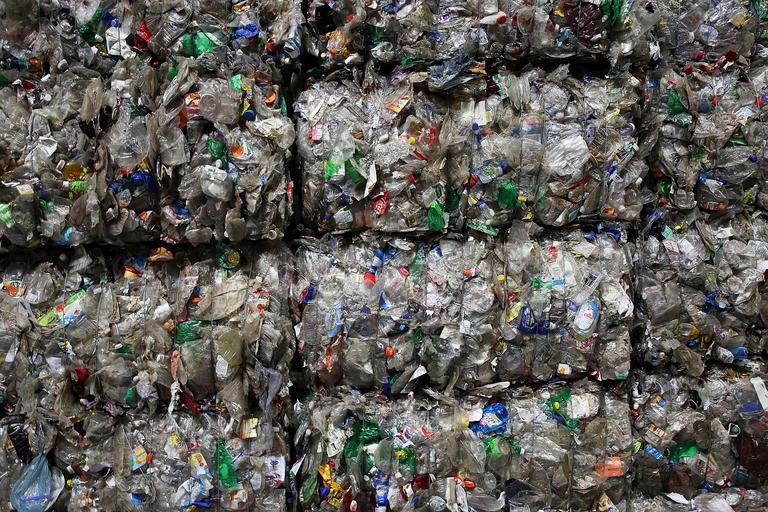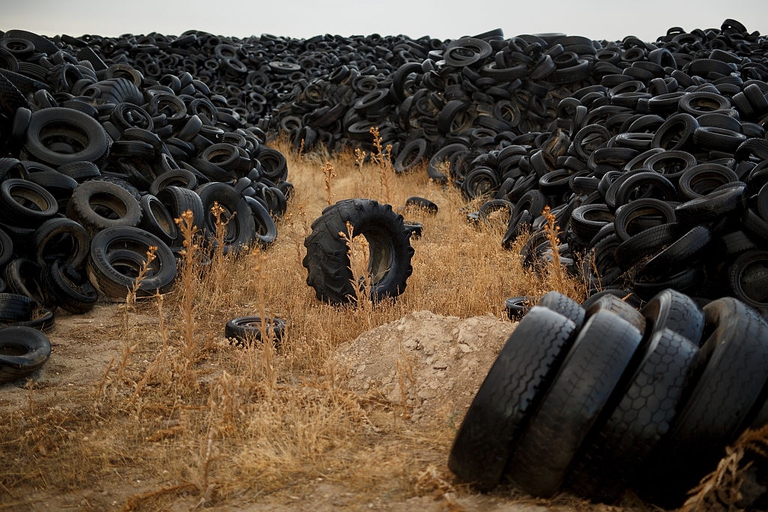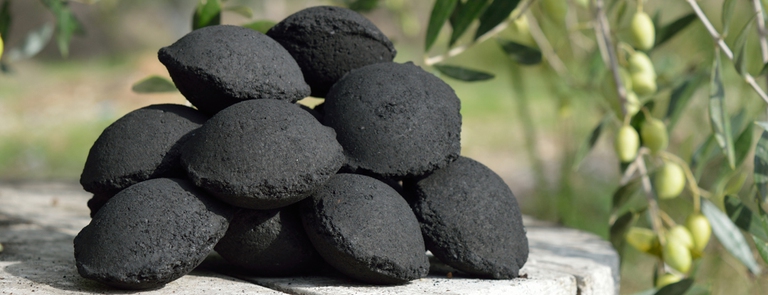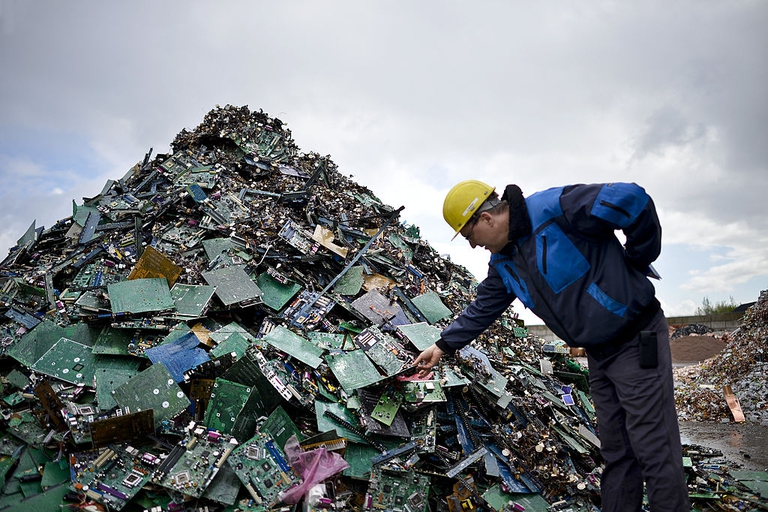
At the dawn of a new era, women in Japan still face old challenges: they’re paid less than men and struggle to scale the professional ladder. How can the impasse be broken?
The circular economy is a rather hot topic nowadays, so it’s important to shed light on what the fundamentals are behind this new approach to business. What is the circular economy Before the Industrial Revolution, agricultural economies reused or recycled anything that could be repurposed. Imagine grandmothers reusing old clothing to make new things, useful
The circular economy is a rather hot topic nowadays, so it’s important to shed light on what the fundamentals are behind this new approach to business.
Before the Industrial Revolution, agricultural economies reused or recycled anything that could be repurposed. Imagine grandmothers reusing old clothing to make new things, useful for the household, or old olive oil to make soap and old wine to make vinegar. Wood was employed to make coal, to cover barbecue and heating needs, and animal waste was used to fertilise fields. But as the modern economy prevailed, the life cycle of goods became shorter and more linear.
The modern economy is based on a linear approach of “take-make-dispose”. New products are designed for covering one need and diversification seems to prevail over covering that need. Goods are bought, used and disposed of constantly, instead of being reused or repaired. This is rather unsustainable. Not only environmentally because of finite resources and energy, but economically as well because of the volatility of resource pricing and the increased management risks involved.
Through its systemic and holistic nature, the circular economy is addressing these issues. It is a new business model and a holistic way of viewing products and even services, mimicking the biological life cycle, where every end is a new beginning. In nature, death signifies the chance for a new birth. Thus, in the circular economy products are designed in order to extend their life through repair or remanufacture. They can even be turned into new things or used as new resources for other products. Last but not least, circularity means being mindful of the water and energy consumption required in production.
Understanding the importance of the circular economy to sustainability, the European Union is shaping its circular economy agenda through proposed legislation regarding five revised directives about waste, packaging waste, landfills, electronic waste and end of life vehicle batteries, the latest about the use of organic and waste-based fertilisers and through the circular economy action plan. For example, the EU has set waste targets for 2030. These include: recycling 65 per cent of municipal waste, as well as 75 per cent of packaging waste and a binding target to reduce the waste that ends up in landfills to a maximum of 10 per cent.
Klimis, a small company in the Greek city of Kalamata offers a model for how to use waste to make a new product and protect the environment at the same time. Barbecue briquettes are created from the waste of olive pips. An innovative, eco-friendly, European Eco-Management and Audit Scheme (EMAS)-awarded product and a successful example of circular economy in practice.
Another way to view circularity is through change of ownership: consumers become users rather than owners. They “lease” a product, such as a washing machine, mobile phone or car and a company provides the services related to it, whether it be washing, communications or mobility. Thus, costs are cut for both parties, the recycling of the materials is secured and a high level of efficiency is achieved. A successful example of a service-based approach is the agreement between Philips and Schiphol airport to provide lighting as a service to the airport’s terminal.
The shift from agricultural economies to modern capitalism has been a journey of growth and technological innovation but also unsustainability. Externalities such as waste and pollution have been ignored by the conventional business paradigm, but embraced and addressed in the circular economy. It is a learning cycle that is achieved through re-evaluating the ideas of recycling and reuse from being a way to cover needs in agricultural economies to embracing sustainability at the economy’s core.
The circular economy is a different way of seeing things, but in reality, it is a reminder of how natural cycles function. These are complete, efficient and interconnected: the ultimate paradigm of sustainability.
Siamo anche su WhatsApp. Segui il canale ufficiale LifeGate per restare aggiornata, aggiornato sulle ultime notizie e sulle nostre attività.
![]()
Quest'opera è distribuita con Licenza Creative Commons Attribuzione - Non commerciale - Non opere derivate 4.0 Internazionale.
At the dawn of a new era, women in Japan still face old challenges: they’re paid less than men and struggle to scale the professional ladder. How can the impasse be broken?
Inequality has increased anywhere in the world despite substantial geographical differences, with the richest 1% twice as wealthy as the poorest 50%. The results of the World Inequality Report 2018.
We talk to Samir de Chadarevian, an expert in sustainable development, philanthropy, impact investing and social innovation.
The global gender gap or index has widened, the 2017 World Economic Forum report shows. In view of the International Day for the Elimination of Violence against Women, we analyse how these phenomena are sadly related.
We can learn a lot from philanthropists and families investing their money for the future of all of us. We talk about this with Gamil de Chadarevian, founder of GIST Initiatives.
How do wealthy families invest their capital? Fortunately, impact investing is an increasingly common choice. An anticipation of some of the most important findings.
All companies aim to profit, but some of them are doing something for the society. They’re called benefit corporations.
More and more wealthy families care about our Planet. Data emerged from the Investing for Global Impact prove this.
In the next few months LifeGate will host a series of in-depth analyses on philanthropy and impact investing. This section is supported by Investing for Global Impact, a global research published by The Financial Times in partnership with GIST (Global Impact Solutions Today) and with the support of Barclays. Why philanthropy and impact investing, together In











